
General Assembly
Closures & this
Wilson Espina
Review
What did we do last lesson?
Closures & This

Learning Objectives
At the end of this class, you will be able to:
- Understand and explain closures.
- Instantly invoke functions.
- Implement the module pattern in your code.
- Build a function factory.
- Understand and explain Javascript context.
Closures & This
Agenda
- Classes (lesson 14)
- Closures
- IIFE's
- The Module Pattern
this
Closures & This
Classroom Resources
- Pull changes from the
wilson-espina/jsd-9-resourcesrepo to your computer - In your editor, open the following folder:
Documents/JSD/jsd-9-resources/15-closures-this
Prototypal Inheritance
Classes
Prototypal Inheritance
Class vs Prototype
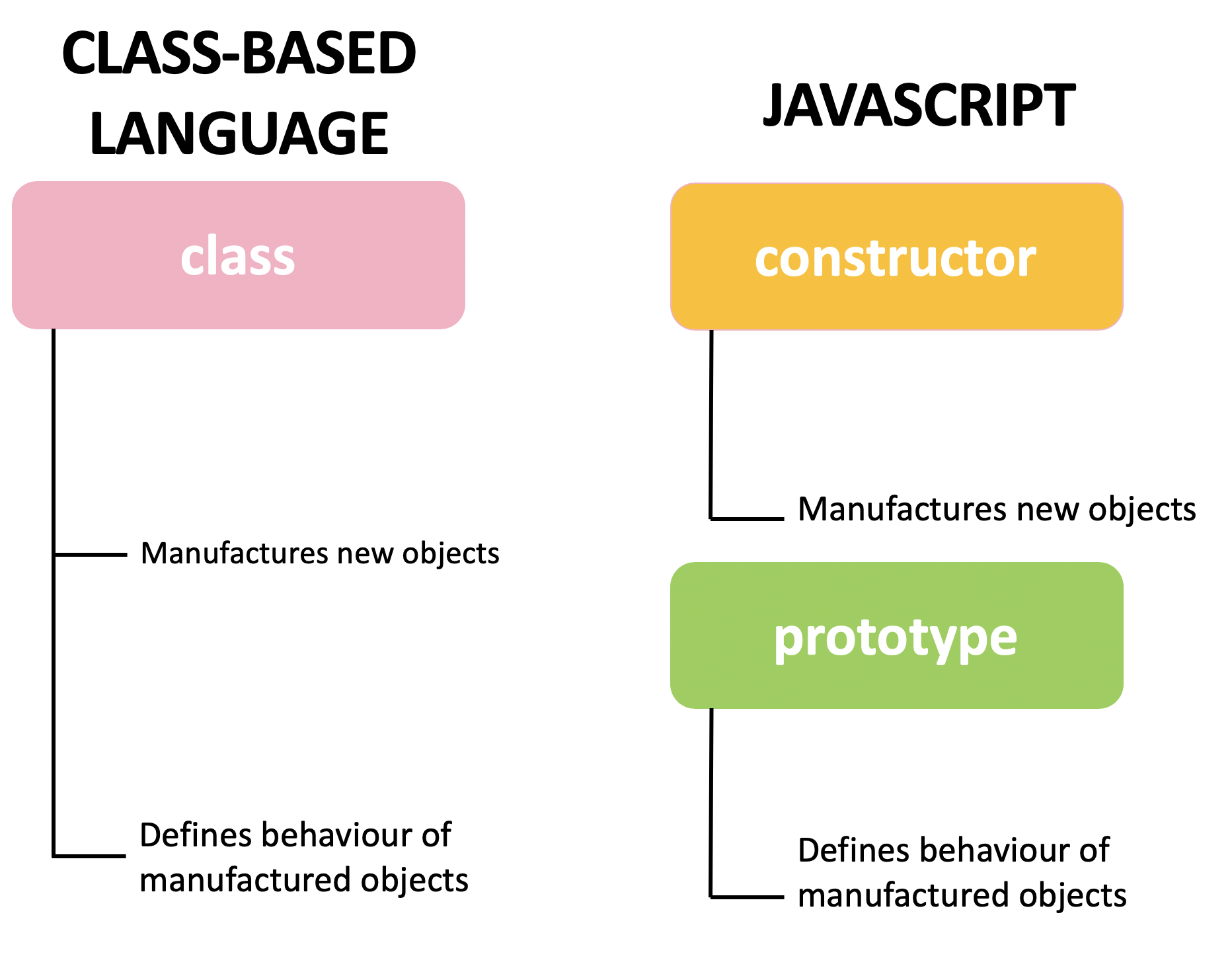
Prototypal Inheritance
Class Keyword
function Vehicle(colour) {
this.colour = colour;
}
Constructor
=
class Vehicle {
constructor(colour) {
this.colour = colour;
}
}
Class Keyword (ES6)
Prototypal Inheritance
Extends and Super Keyword
function Car(colour) {
this.colour = colour;
}
Car.prototype = new Vehicle();
Constructor + Prototype
=
class Car extends Vehicle() {
constructor(colour) {
super(colour);
}
}
Class + Extends & Super Keywords (ES6)
Code along
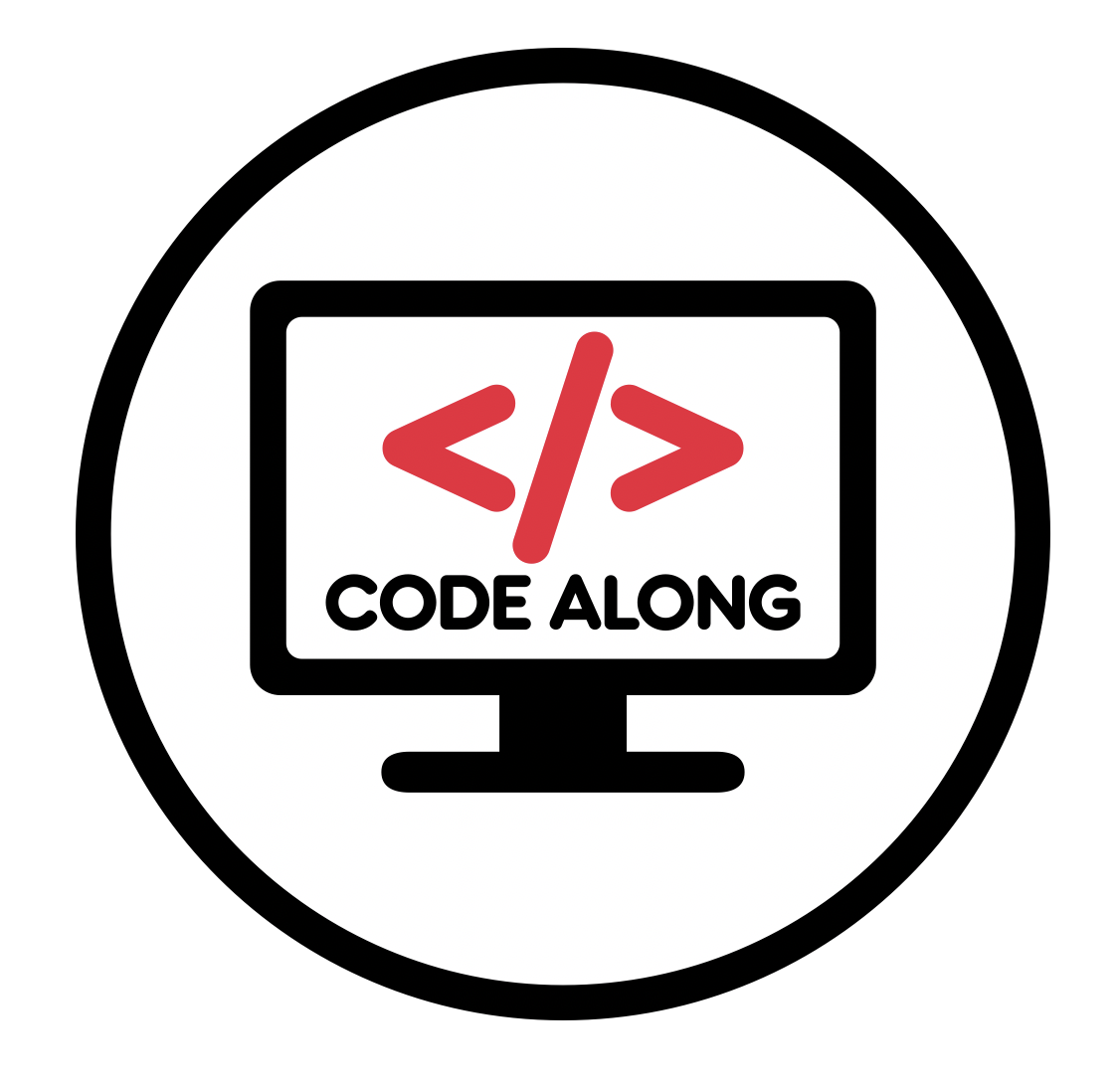
Open up: 00-classes-codealong

Lab - Refactor Code to Use Classes
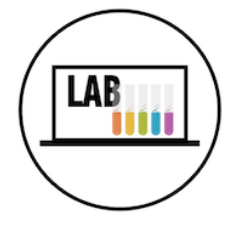
Type of Exercise
- Individual / pair
Location
starter-code > 01-classes-lab
Timing
10mins |
|
Closures & This
Closures & This
Closures & This
The Module Pattern

Closures & This
Closures
Closures & This
The Module Pattern

Closures & This
Global Scope
- A variable declared outside of a function is accessible everywhere, even within functions. Such a variable is said to have global scope.

Closures & This
Function Scope
- A variable declared within a function is not accessible outside of that function. Such a variable is said to have function scope, which is one type of local scope.

Closures & This
Block Scope
- A variable created with
letorconstcreates local scope within any block, including blocks that are part of loops and conditionals. - This is known as block scope, which is another type of local scope.

Closures & This
Closure
- A closure is an inner function that has access to the outer (enclosing) function’s variables.

Closures & This
Closure
- A closure is an inner function that has access to the outer (enclosing) function’s variables.

Closures & This
Building Blocks of a Closure
- Nested functions.

Closures & This
Building Blocks of a Closure
- Nested functions.
- Scope: inner function has access to outer function’s variables.

Closures & This
Building Blocks of a Closure
- Nested functions.
- Scope: inner function has access to outer function’s variables.
- A
returnstatement: outer function returns reference to inner function.

Code along - Closures

Open up: 02-closures-codealong

Closures & This
Closures: Key Points 🔑
- Closures have access to the outer function’s variables (including parameters) even after the outer function returns.
- Closures store references to the outer function’s variables, not the actual values.
- In JavaScript, closures are created every time a function is created, at function creation time.
Code along - Closures

Open up: 02-closures-codealong

Closures & This
What are Closures used for?
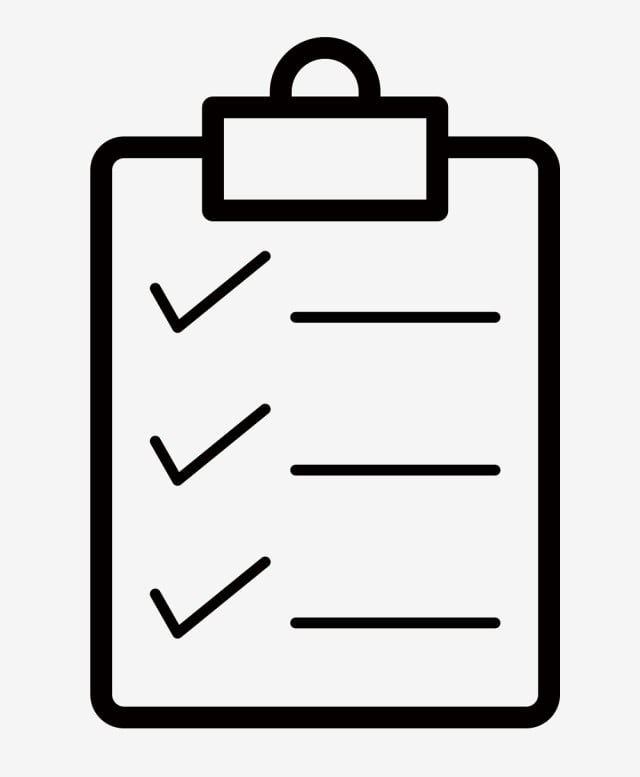
- Turning an outer variable into a private variable.
- Namespacing private functions.
- Creating function factories (any function which is not a class or constructor that returns a new object).
Lab - Closures

Key Objective
- Understand and explain closures
Type of Exercise
- Individual / pair
Location
starter-code > 03-closures-lab
Timing
12 mins |
|
Closures & This
IIFE
Closures & This
Immediatley-Invoked Function Expression
"Iffy"
Closures & This
The Module Pattern

Closures & This
Immediatley-Invoked Function Expression (IIFE)
- A function expression that is executed as soon as it is declared.
- Used to avoid global namespace issues.
Closures & This
IIFE based on a function expression
- Make a function expression into an IIFE by adding () to the end (before the semicolon).
const countDown = function() {
let counter;
for(counter = 3; counter > 0; counter--) {
console.log(counter);
}
}();
Closures & This
IIFE based on a function expression
- Make a function expression into an IIFE by adding () to the end (before the semicolon).

Closures & This
IIFE based on a function declaration
- Make a function declaration into an IIFE by wrapping in parentheses and adding () to the end.
(function countDown() {
let counter;
for(counter = 3; counter > 0; counter--) {
console.log(counter);
}
})();
Closures & This
IIFE based on a function declaration
- Make a function declaration into an IIFE by wrapping in parentheses and adding () to the end.

Code along - IIFEs

Open up: 04-iife-codealong

Closures & This
The Module Pattern
Closures & This
The Module Pattern

Closures & This
The Module Pattern
- Using an IIFE to return an object literal.
- The methods of the returned object can access the private properties and methods of the IIFE (closures!), but other code cannot do this.
- This means specific parts of the IIFE are not available in the global scope.
Closures & This
Building a Module
const counter = function () {
let count = 0;
return {
reset: function () {
count = 0;
}
getCount: function () {
return count;
}
increment: function () {
count++
}
}
}();
Closures & This
Building a Module
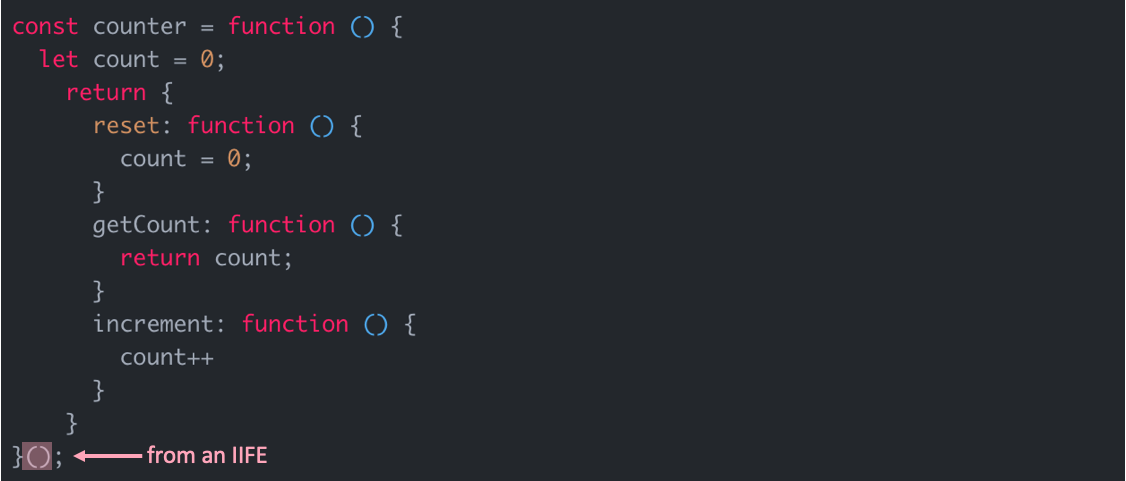
Closures & This
Building a Module
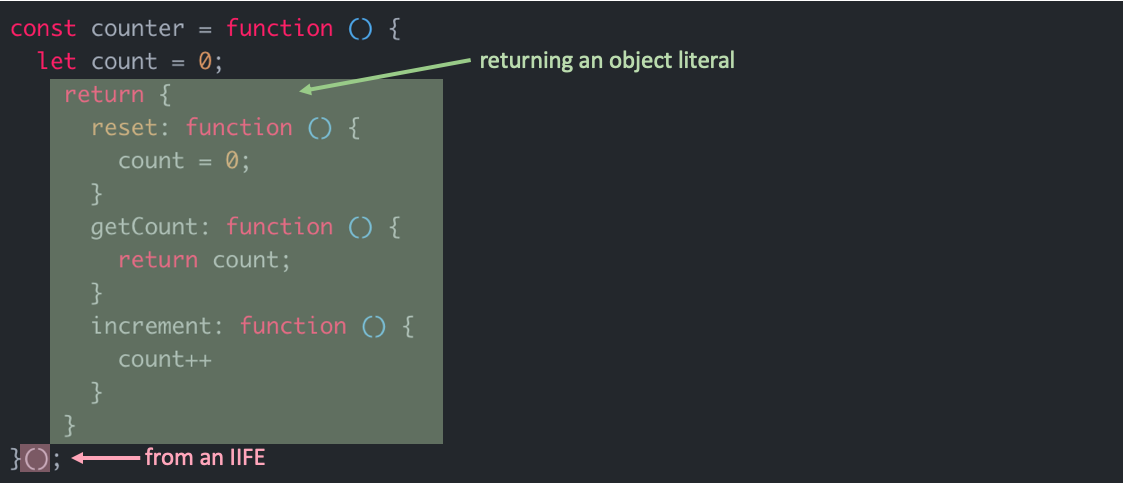
Closures & This
Building a Module
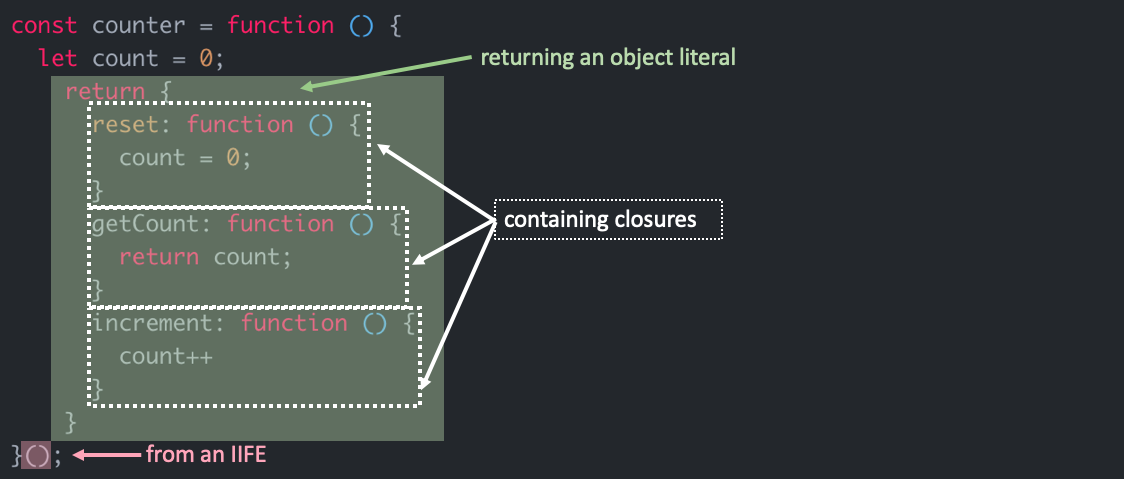
Closures & This
Benefits of the Module Pattern
- Keeps some functions and variables private. ✓
- Avoids polluting the global scope. ✓
- Organises code into objects. ✓
Code along - Modules

Open up: 05-modules-codealong

Exercise - Create a Module

Type of Exercise
- Individual / pair
Location
starter-code > 06-modules-exercise
Timing
10 mins |
|
Closures & This
this
Closures & This
What is Context in JavaScript?
- Context in JavaScript is related to objects. It refers to the object within the function being executed.
thisrefers to the object that the function is executing in.
Closures & This
How is Context Decided?
- At runtime (where your javascript code is executed when you run it).
- Based on how the function is called.
Closures & This
Context Rules
| SITUATION | WHAT this MAPS TO |
|---|---|
| 1. method invocation | the object that owns the method |
| 2. constructor function | the newly created object |
| 3. event handler | the element that the event was fired from |
| 4. function invocation | the global object ( |
| 5. function invocation (strict mode) |
|
| 6. arrow function | the context of the caller |
Code along - Context

Open up: 07-this-codealong

Exercise - This Exercise

Key Objective
- Understand and explain closures
Type of Exercise
- Individual
Location
starter-code > 08-this-exercise
Timing
6 mins |
|
Closures Lab

Key Objective
- Understand and explain closures
Type of Exercise
- Individual / pair
Location
starter-code > 09-closures-lab
Timing
12 mins |
|
Closures & This

Learning Objectives
- Understand and explain closures.
- Instantly invoke functions.
- Implement the module pattern in your code.
- Build a function factory.
- Understand and explain Javascript context.
Closures & this
Look Ahead to Next Lesson
- Explain what CRUD is.
- Explain the HTTP methods associated with CRUD.
- Implement Firebase in an application.
- Build a full-stack app with CRUD functionality.
Closures & this
Final Project Timeline
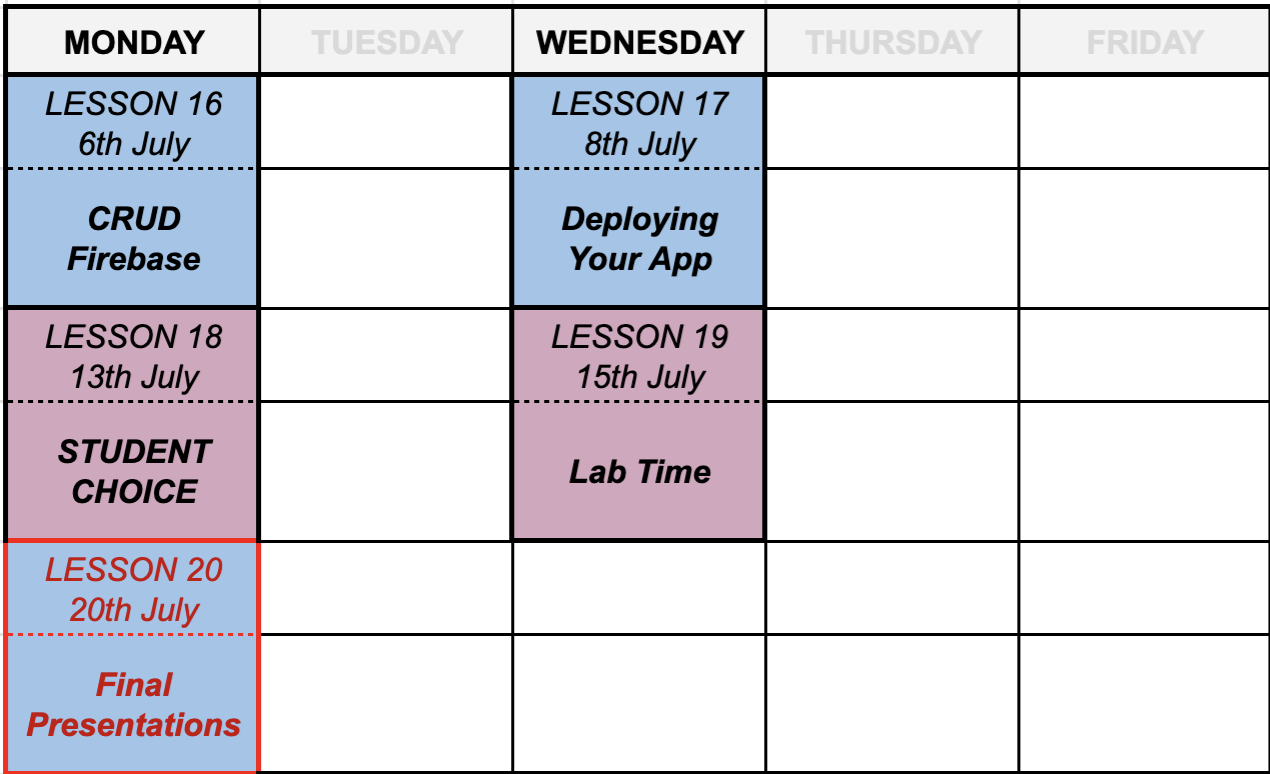
Closures & this
Homework
Closures & this
Exit Ticket
(Lesson #15)